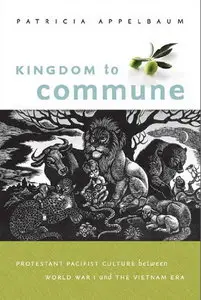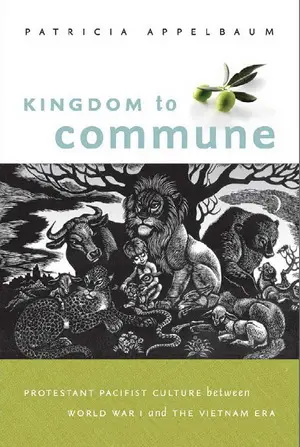Patricia Appelbaum, "Kingdom to Commune: Protestant Pacifist Culture between World War I and the Vietnam Era"
Publisher: The University of North Carolina Press | 2009-03-01 | 345 Pages | ISBN: 0807832677 | PDF | 1.1 MB
Publisher: The University of North Carolina Press | 2009-03-01 | 345 Pages | ISBN: 0807832677 | PDF | 1.1 MB
American religious pacifism is usually explained in terms of its practitioners' ethical and philosophical commitments. Patricia Appelbaum argues that Protestant pacifism, which constituted thereligious center of the large-scale peace movement in the United States after World War I, is best understood as a culture that developed dynamically in the broader context of Americanreligious, historical, and social currents.
Exploring piety, practice, and material religion, Appelbaum describes a surprisingly complex culture of Protestant pacifism expressed through social networks, iconography, vernacular theology, individual spiritual practice, storytelling, identity rituals, and cooperative living. Between World War I and the Vietnam War, she contends, a paradigm shift took place in the Protestant pacifist movement. Pacifism moved from a mainstream position to a sectarian and marginal one, from an embrace of modernity to skepticism about it, and from a Christian center to a purely pacifist one, with an informal, flexible theology.



